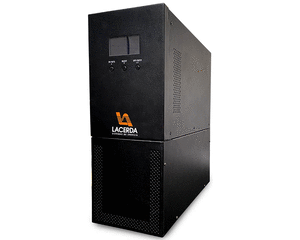Quadcopter stabilization by using PID controllers
Luis E. Romero1, David F. Pozo2, Jorge A. Rosales3
1 Escuela Politécnica Nacional, Ladrón de Guevara E11 - 253, Quito, Ecuador, EC170127.
2 IEEE Member, Universidad de Las Américas, Av. De los Granados E12-41 y Colimes esq., Quito, Ecuador, EC170125.
3 IEEE Member, Escuela Politécnica Nacional, Ladrón de Guevara E11 - 253, Quito, Ecuador, EC170127.
Autores para correspondencia: luiseduromp@hotmail.com, david.pozo@udla.edu.ec, andres.rosales@epn.edu.ec
Fecha de recepción: 21 de septiembre de 2014 - Fecha de aceptación: 17 de octubre de 2014
RESUMEN
En este trabajo se presenta la estabilización de un cuadricóptero mediante el uso de controladores PID para la regulación de sus 4 movimientos básicos: ángulos de alabeo, cabeceo, guiñada y altitud. La estabilización del sistema se realiza a partir de un modelo simplificado que facilita la implementación de controladores en un sistema SISO, demostrando efectividad dentro de un rango de ±10° para los ángulos de alabeo y cabeceo y rango completo en guiñada y altitud. El módulo del controlador PID es diseñado para ser usado en cuadricópteros comerciales y ha sido implementado en base a sensores inerciales y ultrasónicos. Además, el sistema cuenta con una interface para observar el desempeño de la aeronave durante el vuelo.
ABSTRACT
This work presents the stabilization of a quadcopter by using PID controllers to regulate its four basic movements: roll, pitch, yaw angles, and altitude. The stabilization of the system is made from a simplified model which makes easier the implementation of controllers on a SISO system, showing effectiveness within a range of ±10° for a roll and pitch angles and a full range on yaw angle and altitude. The PID controller module is designed to be used with commercial quadcopters and it has been implemented using inertial and ultrasonic sensors. Furthermore, the system also features a wireless interface to observe the aircraft performance during the flight.
VIEW FULL TEXT:

.gif)








